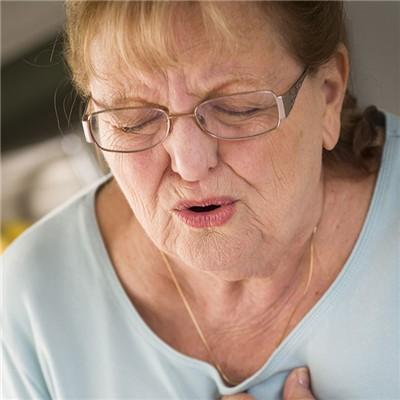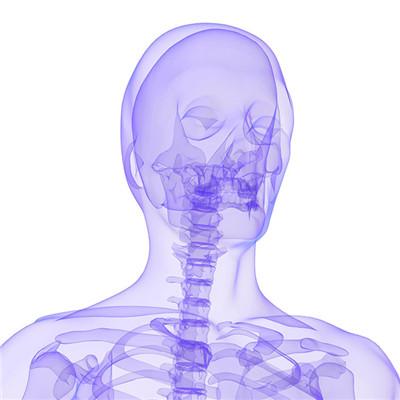Can spinal tuberculosis complicated with paraplegia die?
summary
Spinal tuberculosis complicated with paraplegia is a complication of spinal tuberculosis. The early or active stage of the disease is mainly caused by the direct compression of spinal cord by tuberculous materials such as abscess, casein like material, granulation tissue, dead bone and necrotic intervertebral disc. In the late stage or healing stage, it is caused by fibrosis and thickening of granulation tissue in dura mater, compression, spinal deformity or pathological displacement of vertebral body. Sometimes spinal cord vascular embolism leads to spinal cord degeneration and softening, and paraplegia can occur even without external compression factors. Let's share my experience with you.
Can spinal tuberculosis complicated with paraplegia die?
Spinal tuberculosis complicated with paraplegia is a complication of spinal tuberculosis. The early or active stage of the disease is mainly caused by the direct compression of spinal cord by tuberculous materials such as abscess, casein like material, granulation tissue, dead bone and necrotic intervertebral disc. In the late stage or healing stage, it is caused by fibrosis and thickening of granulation tissue in dura mater, compression, spinal deformity or pathological displacement of vertebral body.
Sometimes spinal cord vascular embolism leads to spinal cord degeneration and softening, and paraplegia can occur even without external compression factors. The incidence of this disease is about 10%. Vertebral tuberculosis is more common in cervical spine and thoracic spine. Although tuberculosis of vertebral arch is rare in clinic, once tuberculosis occurs, paraplegia accounts for 26% of the cases.
The lumbar vertebrae is cauda equina nerve, and the vertebral canal cavity is large, and paraplegia is rare. This disease emphasizes early diagnosis and early treatment with antituberculosis drugs, which has high curative effect. After paraplegia, under the control of antituberculosis drugs, early surgical treatment can often recover or even cure. Therefore, early diagnosis and early treatment is the key.
matters needing attention
1. The patient had symptoms of spinal tuberculosis, such as limb weakness, muscle spasm, stiff feeling, uncoordinated, easy to fall, walking from the crutch to bedridden. 2. Feeling and muscle strength are weakened or completely paralyzed. The early stage was extensional spasticity, late flexion spasticity or flaccid paralysis. 3. Patellar clonus, ankle spasm and hyperreflexia appeared until the reflex disappeared.













